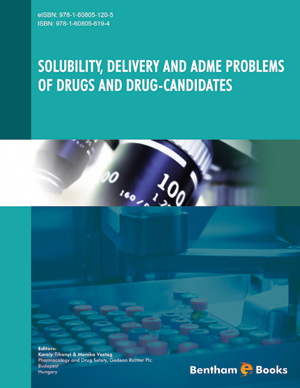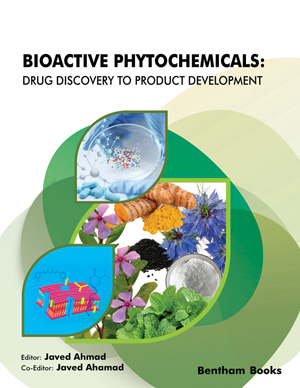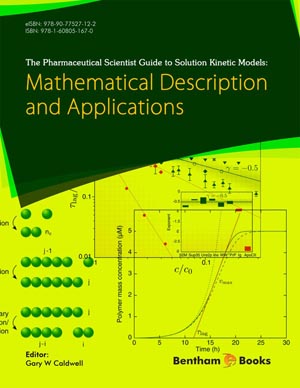Abstract
The induction of enzymes is an adaptive tool in maintaining homeostasis. However, in drug development enzyme induction is an unwanted trait of NCEs. Enzyme inducers may alter the biotransformation of xenobiotics and endogenous compounds. The consequence of faster conversion is a therapeutic insufficiency or a too-high exposure to an active drug formed from its prodrug. An increased rate of reactive metabolite production originating from lower bioavailability and higher dosage may have toxicological significance. The sustained higher clearance of endogenous compounds, such as hormones, may have endocrinologic effects. Nuclear receptor activation by xenobiotics, which precedes downstream events, mediates highly pleiotropic effects, many of them unrelated to drug metabolism. The altered expression of various cell cycle regulating factors through nuclear receptors may have a considerable influence on the cell cycle, growth and differentiation. Apart from the potentially harmful effects of enzyme induction, increased metabolic enzyme activity is beneficial when exposure to harmful xenobiotics is reduced due to their higher clearance.
The inhibition of metabolic enzymes is a frequent underlying cause of drug-drug interactions. Assessment of the inhibitory potential of NCEs is a focus of ADME property screening in drug discovery. The prediction of in vivo drug-drug interactions based on in vitro-generated enzyme kinetic constants is a challenging task. As the inhibition of metabolic enzymes cannot be completely eliminated, low victim potential and low inhibitory propensities are of equal importance in selecting drug candidates.






















